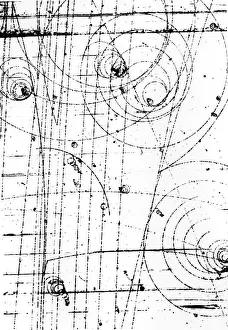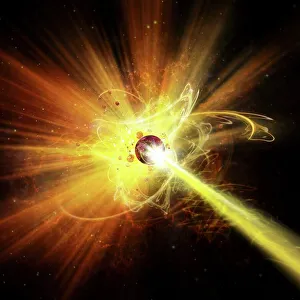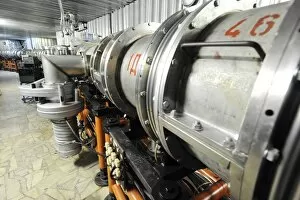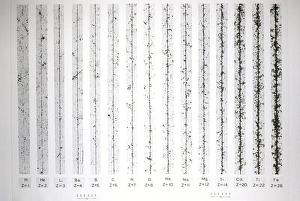High Energy Physics Collection
High Energy Physics: Unveiling the Mysteries of the Subatomic World In the vast realm of scientific exploration
All Professionally Made to Order for Quick Shipping
High Energy Physics: Unveiling the Mysteries of the Subatomic World In the vast realm of scientific exploration, high energy physics stands as a captivating field that delves into the fundamental building blocks of our universe. With its groundbreaking discoveries and mind-boggling experiments, this branch of science has revolutionized our understanding of particle physics and unravelled secrets hidden within matter itself. One pivotal milestone in this journey was marked by the first observation of the omega-minus particle, a significant breakthrough that unveiled an entirely new facet in our comprehension of subatomic particles. This remarkable achievement propelled further research into uncharted territories, igniting a quest to decipher intricate mechanisms governing these minuscule entities. Particle collision serves as an artistic representation (artwork C018 / 0942), illustrating how scientists recreate cosmic events within controlled environments to study their behavior meticulously. These collisions occur within cutting-edge particle accelerator equipment, where particles are accelerated to near-light speeds before colliding with one another. Such powerful machines like the Nuclotron particle accelerator in Russia have become indispensable tools for probing deeper into nature's mysteries. Artwork C018 / 0943 portrays yet another mesmerizing glimpse into these awe-inspiring phenomena – capturing a moment frozen in time when particles collide with unimaginable force and give birth to new exotic states never seen before. Each collision holds immense potential for unveiling novel insights about matter's inner workings and expanding humanity's knowledge horizon. Beyond man-made accelerators lies nature's own laboratory - cosmic rays (depicted through artwork). These high-energy cosmic rays bombard Earth from outer space, carrying vital clues about astrophysical processes occurring beyond our planet’s boundaries. Scientists harness these elusive messengers from distant corners of the cosmos to deepen their understanding not only about subatomic particles but also about celestial objects themselves. Antimatter containment represents yet another frontier explored by high energy physicists – attempting to confine antimatter long enough for detailed analysis without annihilation.













